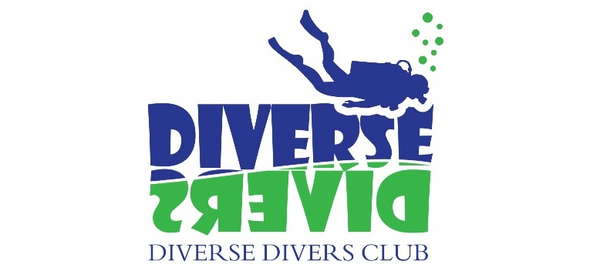1
/
of
1
Diverse Divers
xTEK Basics and Rescue course
xTEK Basics and Rescue course
Regular price
495.000 JD
Regular price
Sale price
495.000 JD
Unit price
/
per
Couldn't load pickup availability
xTEK Basics & Rescue
Get Ready: This course provides the fundamental skills you need to take part in other xTek programs. You’ll learn both the equipment and many of the procedures required for decompression diving.
The NASE xTek training progression requires a high degree of competency in skills such as equipment handling, buoyancy control, dive planning and teamwork, which this course helps provide.
This course does not cover actual decompression and/or deep diving but instead focuses on meeting the prerequisites for the next level of training, xTEK 45.
Who Can Participate?
To participate in this course, students must:
- Be at least 16 years old.
- Be certified the NASE Nitrox and Rescue Diver levels (or equivalent). Nitrox training is to include Equivalent Air Depths (EADs) and CNS Clock calculations.
What is Involved?
The NASE xTek Basics program consists of:
- Self Study: Using the xTek Basics and Rescue eLearning course.
- Classroom Discussion: Bringing to life what you learn through self study.
- In-Water Training: This may be a combination of confined and open water, or take place entirely in open water. Students must be able to perform all required skills and log at least 100 minutes of Actual Bottom Time under direct instructor supervision.
What Materials and Equipment Will You Need?
Candidates supply all of the personal diving equipment required by NASE xTek Standards, including:
- Mask and fins
- Adequate exposure protection
- Technical or sidemount diving harness and air cell
- Manifolded doubles or two sidemount cylinders
- Two independent regulators with separate first/second stages; at least one with 1.5 m/5.0 ft or longer hose; one SPG for each manifold or valve
- At least one properly configured deco/bailout bottle
- Dive computer or depth gauge and timer
- Dive knife or cutting tool
- Underwater slate or wet notes
- SMB or lift bag with reel or spool
Depending on the dive site and planned activities, it may also be prudent to have items such as audible and visual surface signals. Your instructor may have further equipment requirements in addition to these, such as a primary and backup light for night and deep dives. Your instructor may have additional requirements.
Share


